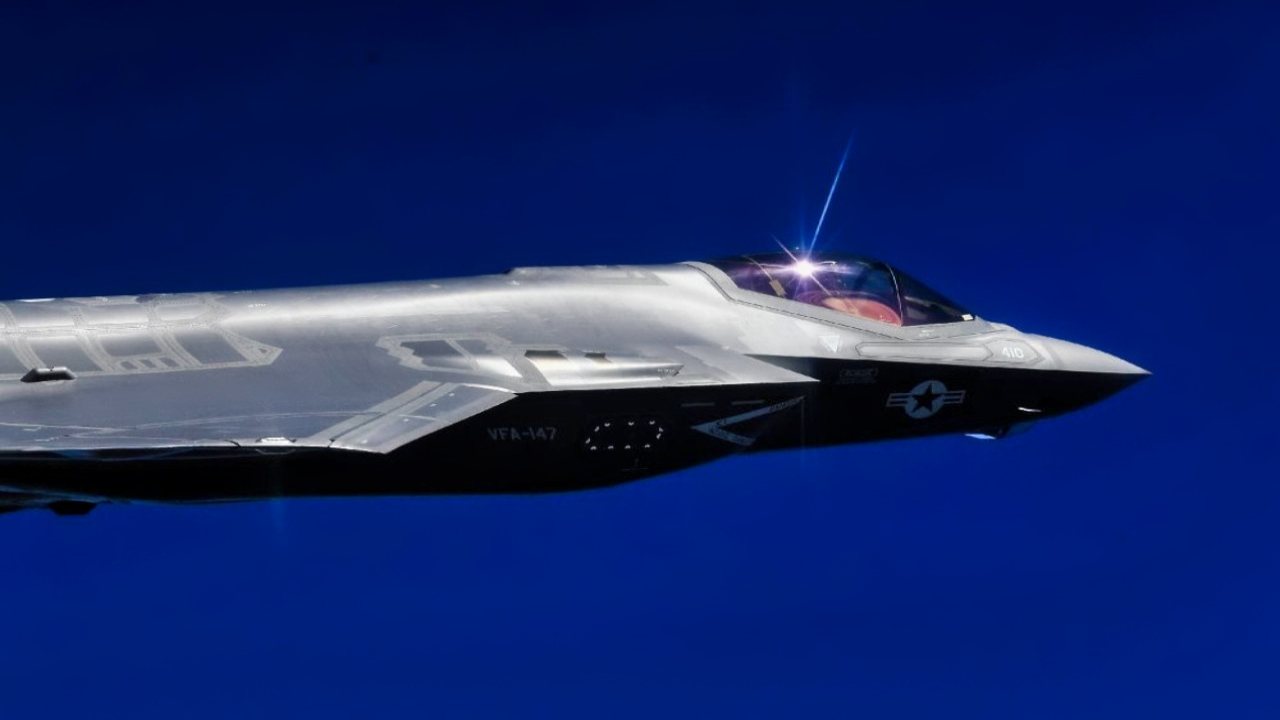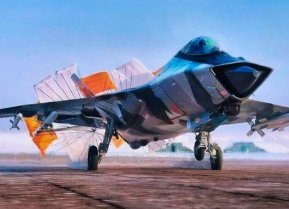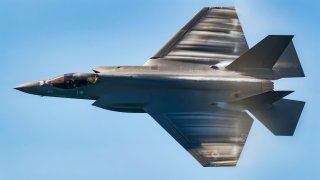F-35C: The U.S. Stealth Fighter That Can Do Anything
Running out of gas while flying over large expanses of water would make for a bad day. For this reason, the F-35C can carry around 20,000 pounds of internal fuel and has a range of greater than 1,200 nm.
Advanced, stealthy, long-range, carrier-capable: There is nothing the F-35C can’t do.
Industry experts and analysts across the globe widely recognize the American-made F-35 Joint Strike Fighter as the premier fifth-generation
The infamous fighter platform is capable of undertaking both air-to-air and air-to-ground missions in addition to serving as a “quarterback” on the battlefield. The F-35’s datalink technology allows it to collect, process and distribute critical intelligence to allied airframes.
This type of situational awareness is unmatched by near-peer fifth-generation fighters. While three F-35 variants exist across the U.S. military, the “Charlie” variant especially intimidates Beijing and Moscow since it single-handedly enhances the Navy’s power projection capabilities.
The F-35 Lightning II Origin Story
At the height of the Cold War, the U.S. Air Force and Navy sought replacements for their aging platforms. During this time period, the secretive Skunk Works projects such as the Advanced Short Take-off/Vertical Landing (STOVL) and Supersonic STOVL Fighter aimed to replace the Marine Corps’ own aging airframe- the Harrier jump-jet.
To fulfill all three service’s needs, the Department of Defense decided to consolidate all proposals into a singular Joint Strike Fighter.
The F-35 was the result of the collaborative Joint Strike Fighter program, a development and acquisition project intended to replace aging airframes for the U.S., United Kingdom, Italy, Australia, Canada, Norway, Denmark, the Netherlands and Turkey.
U.S.-based manufacturers Boeing and Lockheed Martin competed to have their respective airframes, the X-32 and X-35 prototypes selected by the JSF, however, Lockheed ultimately took the win.
What really sets the F-35 apart from other fifth-generation fighters is its versatility. Three Lightning II variants are in service today, each designed to operate in specific manners.
The F-35C II variant sports some unique capabilities
The Navy’s variant of the F-35, “Charlie,” is the carrier-based version of the Lightning II. Perhaps the most challenging design incorporation Lockheed had to implement into the Charlie was making sure the platform was capable of carrier operations including catapult take-off and arrested landing (CATOBAR). Airframes that undergo CATOBAR must accelerate very rapidly at takeoff and decelerate very rapidly during landing, which can cause significant stress to the aircraft.
In addition to its robust landing gear, the F-35C also has the largest wingspan of the Lightning II variants. The Charlie’s wingtips can also fold in as a space-spacing measure when deployed on an aircraft carrier, an important capability since space aboard carriers is limited.

Running out of gas while flying over large expanses of water would make for a bad day. For this reason, the F-35C can carry around 20,000 pounds of internal fuel and has a range of greater than 1,200 nm. Basically, the Charlie can fly for longer than its counterparts before needing to refuel.
These specs make the F-35C a force to be reckoned with, and the Navy knows this.
In fact, the service is betting big on its new fighter, recently awarding Lockheed with a whopping $32.5 million contract for the production of nine Lot 17 F-35C airframes a few months back.
Expertise and Biography
Maya Carlin is an analyst with the Center for Security Policy and a former Anna Sobol Levy Fellow at IDC Herzliya in Israel. She has by-lines in many publications, including The National Interest, Jerusalem Post, and Times of Israel. You can follow her on Twitter: @MayaCarlin.
All images are Creative Commons.


